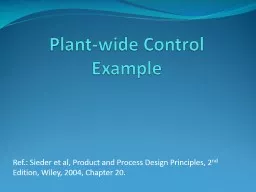PPT-Overview: Results of Program-wide
Author : 2coolprecise | Published Date : 2020-08-07
Implementation of the Pyramid Model Evaluation December 2016 Julie Betchkal CESA 11 juliebcesa11k12wius Lana Nenide WI Alliance for Infant Mental Health lnenidewiaihmorg
Presentation Embed Code
Download Presentation
Download Presentation The PPT/PDF document "Overview: Results of Program-wide" is the property of its rightful owner. Permission is granted to download and print the materials on this website for personal, non-commercial use only, and to display it on your personal computer provided you do not modify the materials and that you retain all copyright notices contained in the materials. By downloading content from our website, you accept the terms of this agreement.
Overview: Results of Program-wide: Transcript
Download Rules Of Document
"Overview: Results of Program-wide"The content belongs to its owner. You may download and print it for personal use, without modification, and keep all copyright notices. By downloading, you agree to these terms.
Related Documents












![[EPUB] - Wide Ruled Composition Notebook Rose Gold: Wide Rule Notebook and 110 Wide Ruled](https://thumbs.docslides.com/903061/epub-wide-ruled-composition-notebook-rose-gold-wide-rule-notebook-and-110-wide-ruled-pages.jpg)
![[READ] - Wide Ruled Composition Notebook Unicorn: Wide Rule Notebook and 110 Wide Ruled](https://thumbs.docslides.com/905481/read-wide-ruled-composition-notebook-unicorn-wide-rule-notebook-and-110-wide-ruled-pages-61bf5266ce828.jpg)
